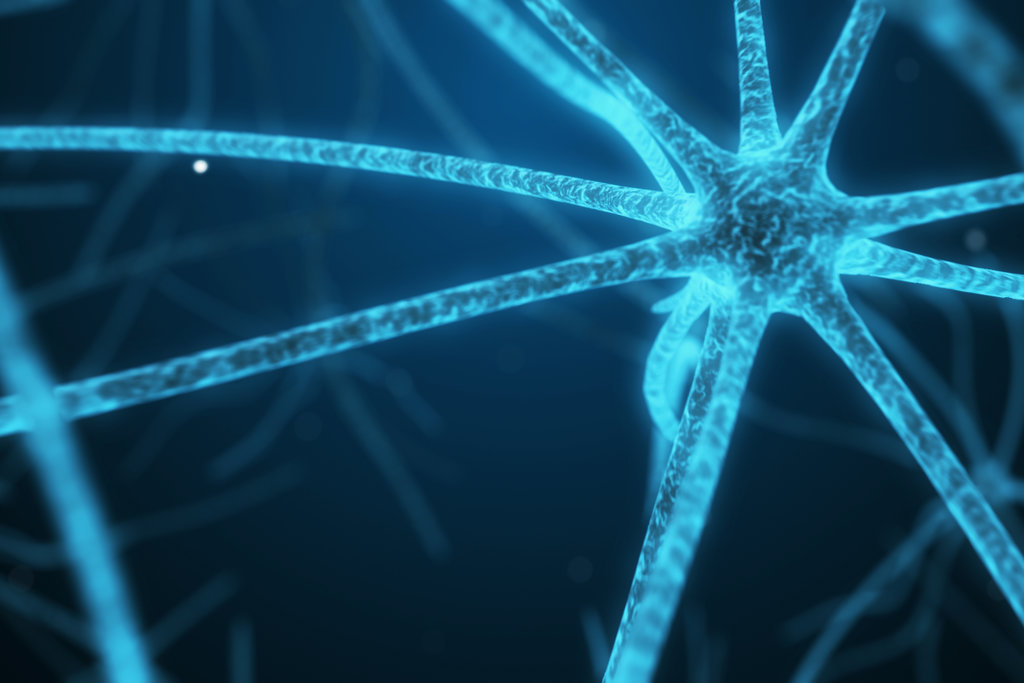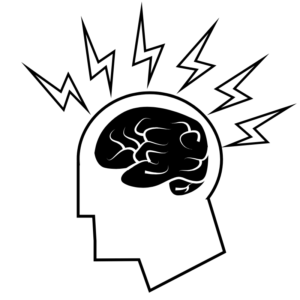Your nervous system is incredibly complex, with billions of extremely specialized nerve cells. Nerve cells receive input from the outside world, from the beauty of a sunset to the pain of a stubbed toe. Nerves also process information within the body and transmit signals to create action, causing you to lift your head and gaze at the beautiful sky or rub your painful injured toe.
If your brain is your body’s computer, you can think of your nerve endings as the keyboard, a place where new information is entered from the outside to be processed. The sensations your nerve endings pass along to the brain are essential to your survival. This overview of “what are nerve endings?” addresses the different parts of the body’s nervous system, how sensation is received, the function of nerve endings, and how they perceive pain.
What is the Nervous System?
Every animal, from a jellyfish to a human, needs a nervous system to survive. The nervous system is responsible for transmitting messages to and from different body parts, taking in and processing sensory information from outside the body, and coordinating actions like movement or digestion. If your body were a house, you could think of the nervous system as the electrical wiring.
From a structural view, there are two parts to the human nervous system:
The Central Nervous System (CNS): The body’s “computing system,” consisting of the brain and spinal cord. The central nervous system receives and integrates sensory information and coordinates responses.
The Peripheral Nervous System (PNS): The body’s “input system,” consisting of ganglia (nerve bundles) and nerve fibers outside of the brain and spine. The peripheral nervous system picks up sensory information from the rest of the body and relays them to the central nervous system.
From a functional view, there are two parts to the human nervous system:
The Autonomic Nervous System (ANS): The body’s system for regulating its involuntary actions and processes. The Autonomic nervous system tracks and calibrates things like breathing, digestion, and blood pressure.
The Somatic Nervous System (SNS): The body’s system for regulating its voluntary actions and processes, such as moving away from a source of perceived heat. The somatic system is made up of the nerves that connect the central nervous system to muscles and sensory receptors in tissues.
What are Nerves?
Simply put, nerve cells (AKA neurons) carry messages from one body part to another through extremely tiny electrical impulses. There are three types of neuron:
- Sensory neurons pick up and transmit signals about stimuli to the central nervous system. They receive information like sound, touch, and temperature.
- Relay neurons transmit signals from one part of the central nervous system to another part.
- Motor neurons carry signals from the central nervous system to a part of the body that can respond through an action, such as blinking, salivating, or exhaling.
Needless to say, these signals are transmitted with remarkable speed. In order for you to suddenly pull your hand away from a hot stove, your nerves must sense pain, relay the signal to the central nervous system, the brain must coordinate movement in the hand and arm, and the peripheral nervous system must relay the movement signals to the muscles. All this must take place instantaneously, in just a fraction of a second. Discover magazine reports that electrical impulses move along an alpha motor neuron in the human spinal cord at a rate of 268 mph.
What are Nerve Endings?
When we say “nerve ending,” we mean the nerve fibers that deliver signals to sensory neurons and pass this information to the brain. We are constantly processing sensations from both the outside world and from inside our own bodies. The exteroceptive system senses things outside the body, like air temperature and textures. The interoceptive system picks up sensations within the body’s organs, such as balance within the inner ear or the position of the muscles. Nerve endings work within the exteroceptive system to pick up sensations, usually from the skin. The different sensations that nerve endings can pick up are:
- pressure
- pain
- heat/cold
Interestingly, each type of nerve ending is sensitive to just one of these sensations. A pain receptor nerve ending can only pick up on pain, and a touch receptor nerve ending can only pick up on touch.
How do Nerve Endings Relate to Pain?
Pain receptor nerve endings are found on millions of points throughout the body, mainly close to the skin’s surface and around hair follicles. Pain receptors are your body’s alarm system; they perceive damage or the threat of damage to tissues. This, of course, signals to your body that you need to take action to prevent more harm, such as brushing a piece of sand from your eye or moving your hand away from a hot surface.
Sometimes, though, you’ll want to partially disable that alarm system, such as when you have a headache. The most common types of pain reliever, ibuprofen, works by preventing pain-sensing nerve endings from picking up on pain in the first place. When the body’s tissues are damaged, their cells normally release chemicals called prostaglandins, which are perceived by the pain-sensing nerve endings. More prostaglandins means more pain is felt. This common pain reliever prevents cells that have been damaged from making and releasing prostaglandins, reducing the ability of nerve endings to relay pain signals. Other pain relievers, such as acetaminophen, work within the brain to lessen the sensation of pain.

